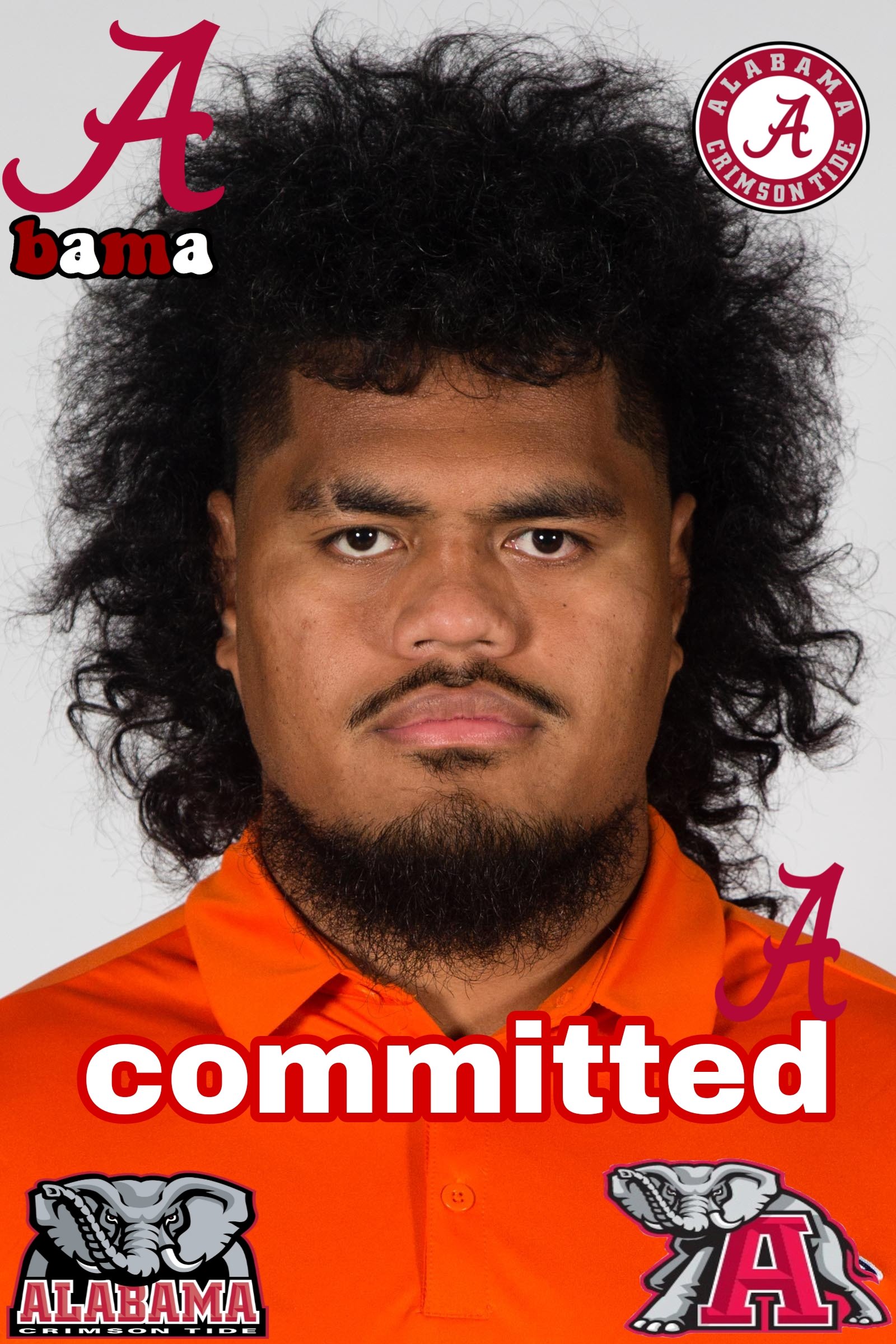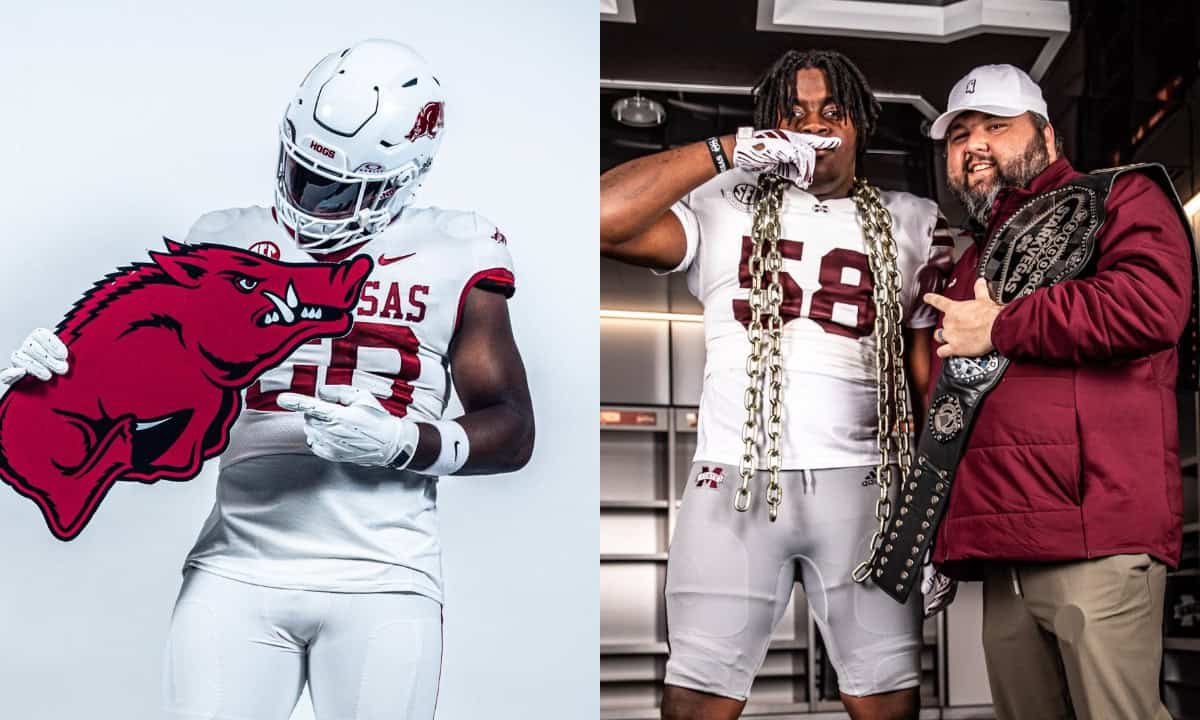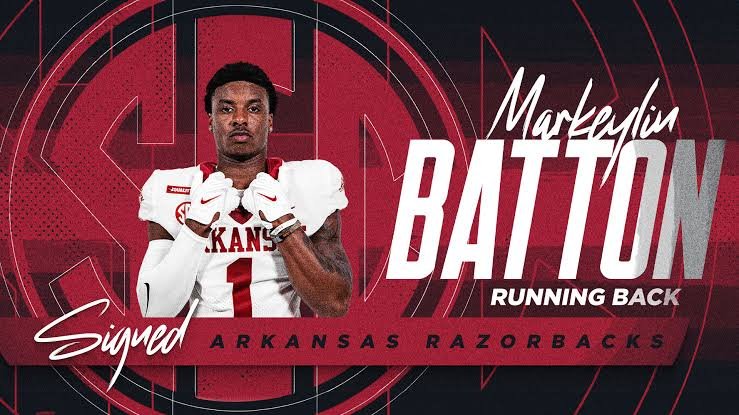Breaking: Ryan Day, the football coach at Ohio State, Explains Recruiting in the NIL Environment
Breaking: Ryan Day, the football coach at Ohio State, Explains Recruiting in the NIL Environment..

Breaking News: Ryan Day, Ohio State Football Coach, Explains Recruiting in the NIL Environment
In a recent interview, Ohio State football head coach Ryan Day addressed the seismic changes in college football recruiting due to the introduction of Name, Image, and Likeness (NIL) deals. Day, who has led the Buckeyes to multiple Big Ten titles and playoff appearances, delved into how NIL has reshaped the landscape of college sports, how Ohio State is adapting, and what the future of recruiting may look like in the era of NIL.
The NIL Shift
Since the NCAA’s ruling in 2021 allowing athletes to profit from their name, image, and likeness, recruiting in college football has been forever altered. The idea that athletes could now secure endorsement deals with companies, personal appearances, and other business ventures changed the dynamics of recruitment for high school players and their families. Gone are the days when an offer from a prestigious program like Ohio State was enough to seal the deal. Now, recruits are not only considering the reputation of the school and the strength of its football program but also the potential for financial gain.
Day was candid about how NIL has altered the recruiting process. “When I first started coaching, the recruiting pitch was based on the opportunity to play for a top program, to develop as an athlete, and to eventually reach the NFL,” Day explained. “Now, that’s still part of the conversation, but NIL has added another layer. Recruits are asking questions about how they can benefit financially from their time at Ohio State. It’s a new era, and we have to be prepared for that reality.”
Navigating the NIL Landscape at Ohio State
Ohio State, with its vast resources and national reputation, is in a unique position to leverage NIL opportunities for its players. However, Day stressed that while NIL has the potential to attract top talent, it’s essential that the program maintains its commitment to academics, athletics, and character development.
“We’re fortunate to be at Ohio State, where we have a great relationship with companies and alumni who are invested in our athletes,” Day said. “But we also have a responsibility to make sure our recruits understand that NIL deals, while important, shouldn’t be the only reason they come to Ohio State. We want players who are committed to being the best on and off the field.”
Ohio State has taken several steps to help players navigate the NIL space, including the establishment of partnerships with companies and organizations that assist in helping athletes secure endorsement deals and manage their financial affairs. The Buckeyes’ partnership with NIL collective “The Foundation” is an example of how Ohio State is using its resources to ensure that players have access to lucrative opportunities while also being mindful of the challenges that come with handling newfound financial freedom.
The Role of Collectives and Third-Party Influencers
One of the most significant changes brought about by NIL is the rise of “collectives”—third-party groups that work with schools and athletes to facilitate NIL deals. These collectives, which often involve donors, businesses, and alumni, have emerged as powerful players in recruiting. Their influence has become a topic of debate in college football, with some arguing that they have turned recruiting into a bidding war, while others see them as a necessary part of the modern college sports ecosystem.
Day acknowledged that collectives have had a major impact on recruiting, but he emphasized that Ohio State’s approach would remain grounded in the program’s core values. “We’re always going to focus on developing players into the best versions of themselves—both as athletes and as people,” he said. “While NIL is certainly part of the conversation now, it’s not the only thing that matters. We want recruits who are excited to play for Ohio State, who want to be part of a team that has a rich tradition of excellence.”
However, Day also recognized the challenge that comes with navigating NIL in a competitive recruiting environment. “The reality is that other schools have collectives that are throwing a lot of money at recruits,” he said. “That’s just part of it now. We have to be creative in how we approach things, but we also have to make sure we’re doing it the right way.”
NIL’s Impact on Player Development
One of the key concerns regarding NIL is its potential effect on player development. Critics argue that the influx of money could lead to distractions, cause locker room tension, or even encourage players to leave college early in pursuit of higher-paying professional opportunities. Day addressed these concerns head-on, reiterating that Ohio State’s priority would always be to develop players not just as athletes, but as well-rounded individuals.
“At Ohio State, we talk a lot about the ‘whole player’—that’s our goal. We want guys who come here to grow as leaders, as students, and as men. The opportunity to profit from NIL should never detract from that,” Day explained. “We are doing everything we can to make sure our players understand how to manage their finances responsibly and stay focused on their education and their development as football players.”
Day also pointed out that the money brought in through NIL deals should not overshadow the value of playing in a high-profile program like Ohio State, where athletes can still benefit from exposure, coaching, and access to top-tier facilities that can enhance their chances of success at the professional level.
Looking Toward the Future
As NIL continues to evolve, Day believes that college football will see even more changes. He foresees a future where NIL plays an even more prominent role in recruitment, with players considering their potential earnings alongside traditional factors like playing time and team success. However, Day stressed that despite these changes, Ohio State’s core mission would remain unchanged.
“The key for us is to make sure that we stay true to who we are as a program,” Day said. “We’re going to continue to recruit the best players, but we’re also going to make sure that we bring in people who understand that Ohio State is about more than just football. It’s about academics, it’s about community, it’s about being a part of something bigger than yourself.”
### Conclusion
Ryan Day’s insights into recruiting in the NIL environment reflect a broader shift in college sports, one that is defined by both opportunity and challenges. While NIL has undeniably transformed the way athletes approach their college careers, Day’s approach emphasizes balance—securing financial opportunities for players while maintaining Ohio State’s tradition of excellence both on and off the field.
As NIL continues to evolve, the Buckeyes appear committed to adapting, ensuring that Ohio State remains a top destination for recruits while staying true to its core values. For Ryan Day and the Ohio State football program, it’s clear that the future of recruiting will be shaped not just by NIL, but by the same commitment to building champions that has always defined the program.




Post Comment